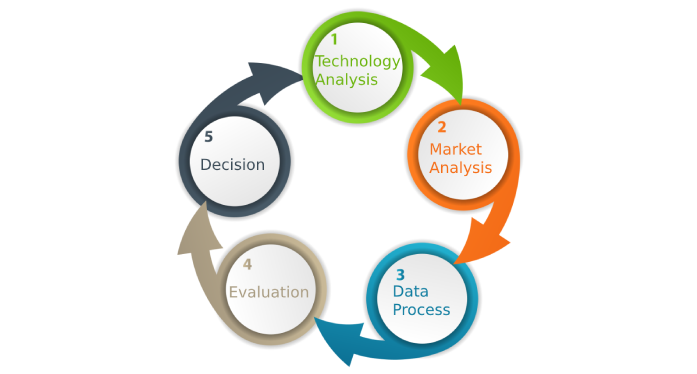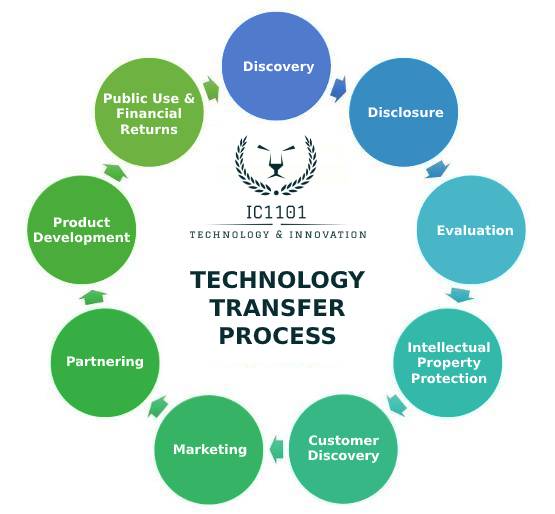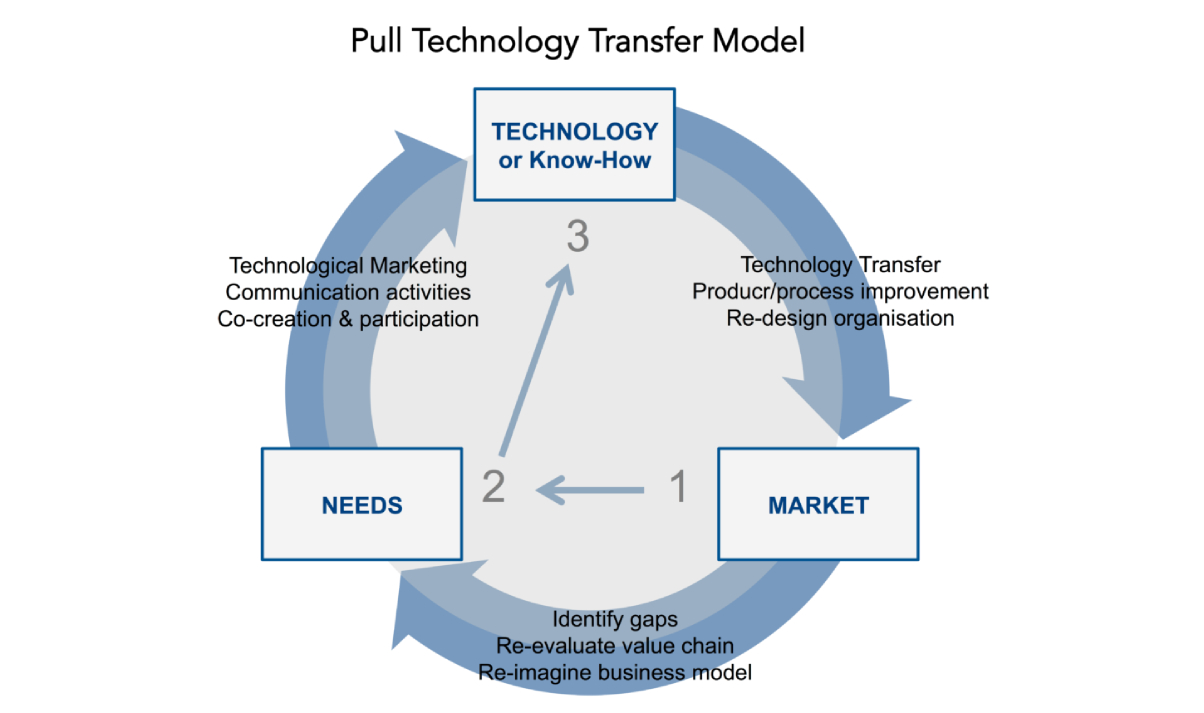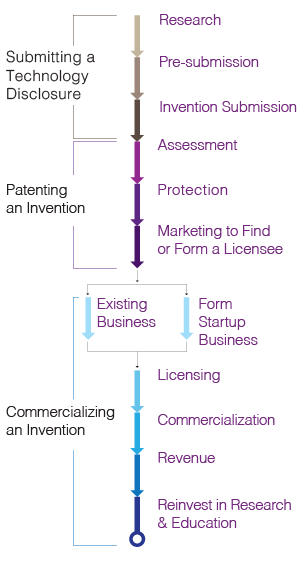Process

Interorganizational technology transfer (ITT) is a key component of firms' innovation processes. ITT involves purposeful, goal-oriented interactions between two or more organizations to exchange technological knowledge and/or artifacts and rights. Using the relational view, IC1101 develops and empirically tests a research framework that incorporates key factors of technology transfer success to answer three questions: (1) How do various managerial routines and procedures that as a whole reflect a firm's alliance management capability influence interaction quality in ITT? (2) How does interaction quality in turn influence technology transfer success? (3) Which configurations of organizational and interactional factors contribute to technology transfer success? By examining the causal chain from alliance management capability through interorganizational interaction quality to technology transfer success, this study explains linkages between important antecedents and consequences of interaction quality and thus contributes to a better understanding of the interorganizational exchange processes that determine technology transfer success.
Supplementary to the international technology transfer (ITT), one of the research objectives was the commercialisation of the technology.


In the financial services industry the commercialisation of a technology determines the success of the financial services start-up in the newly selected market. Figure 1 presents a proposed international technology transfer process in the financial services industry. It is important to note how to influence the organisations stakeholders – specifically, the shareholders and top management – have throughout the ITT process. The ITT strategy must be clearly defined from the start, as it will guide the ITT process into obtaining the optimal result.
The conceptual technology transfer process model is focused on the financial services industry, and specifically the DSTI industry, which presents industry-specific indicators to be used to formulate and develop the model. The model, which consists of inputs, evaluations, decisions, and outputs. The nature of the proposed international technology transfer process is derived from this concept. The process model presented in Figure 1 consists of two segments: the technology segment, and the market segment. Each segment is rated against its corresponding environmental factors, which determine the outcome of each market or country.
When an organisation gets the opportunity to conduct business in a new market, the first step is to determine what gives them a competitive advantage over their competitors in their current market. It has been found that the business model and organisational strategy enhance the success of the business. After these elements are identified, it is essential to know whether these elements can be transferred into a new market. These elements will guide the rest of the ITT process.


It has been suggested that the best time to transfer technology is when it is in its growing stage and heading towards its mature stage [15]. The most influential element in the ITT process and ITT strategy is the intellectual property rights (IPR) of the technology that need to be transferred to another market or country [16, 17]. These IPRs vary from country to country.
Developing counties do not have many registered patents, and do not have the capital to research and develop their own technologies; their IPRs are therefore less strongly enforced, allowing new technologies to be transferred to them. In 1967 the United Nations created a division called the World Intellectual Property Organisation (WIPO) to monitor these acts. Developed countries have a different view of the role of IPR, which they see as a way to encourage innovation [18]. They also argue that patents are essential to international economic development, because they provide a means of return on investment. Organisation competitive advantage Technology analysis Market analysis Data process Evaluation (Rating process) Outcome ITT strategy Plan & action 77
The core elements that were identified, and that determine the competitive advantage in the current market, guide the market analysis. It is important that the organisation first knows its current market before it tests its own findings in another market. A detailed investigation into factors such as legislation and the market as a whole is essential.
After all the relevant data on both the technology and market had been analysed, the data were processed. The values assigned to each rating factor are based on the users’ confidence, as stated previously.
After the data has been processed and the values are entered into the rating model, the rating model calculates a score relative to the information provided (see section 2). Table 4 presents only those countries whose final scores are greater than 7.5, and which qualify to perform the ITT process.
The aim of the evaluation process is to present the elite group of markets, which are rated based on the rating factors. The evaluation process helps the market selection process, and presents a value that indicates the confidence the model has in the market.

Once the market has been identified, the final preparations for the ITT can begin. The international technology and business transfer project team can be selected and their full attention can be assigned to the project. The following processes are essential for the ITT: Design and plan the new market penetration strategy; design and plan the technology and business strategy; develop the technology and business model; implement the technology and business model; evaluate and test the transferred technologies; and launch the product. The organisation’s stakeholders play a large role in the overall ITT (see Figure 2). They are the decision–makers, and they will decide whether the ITT can, will, or needs to take place. The rating model highlights only the most significant factors with the biggest influence on the market. The rating model views the ITT in general and does not cater for a specific ITT strategy. The ITT strategy influences the values assigned to each factor. The values allocated to each factor must be consistent for all markets.
